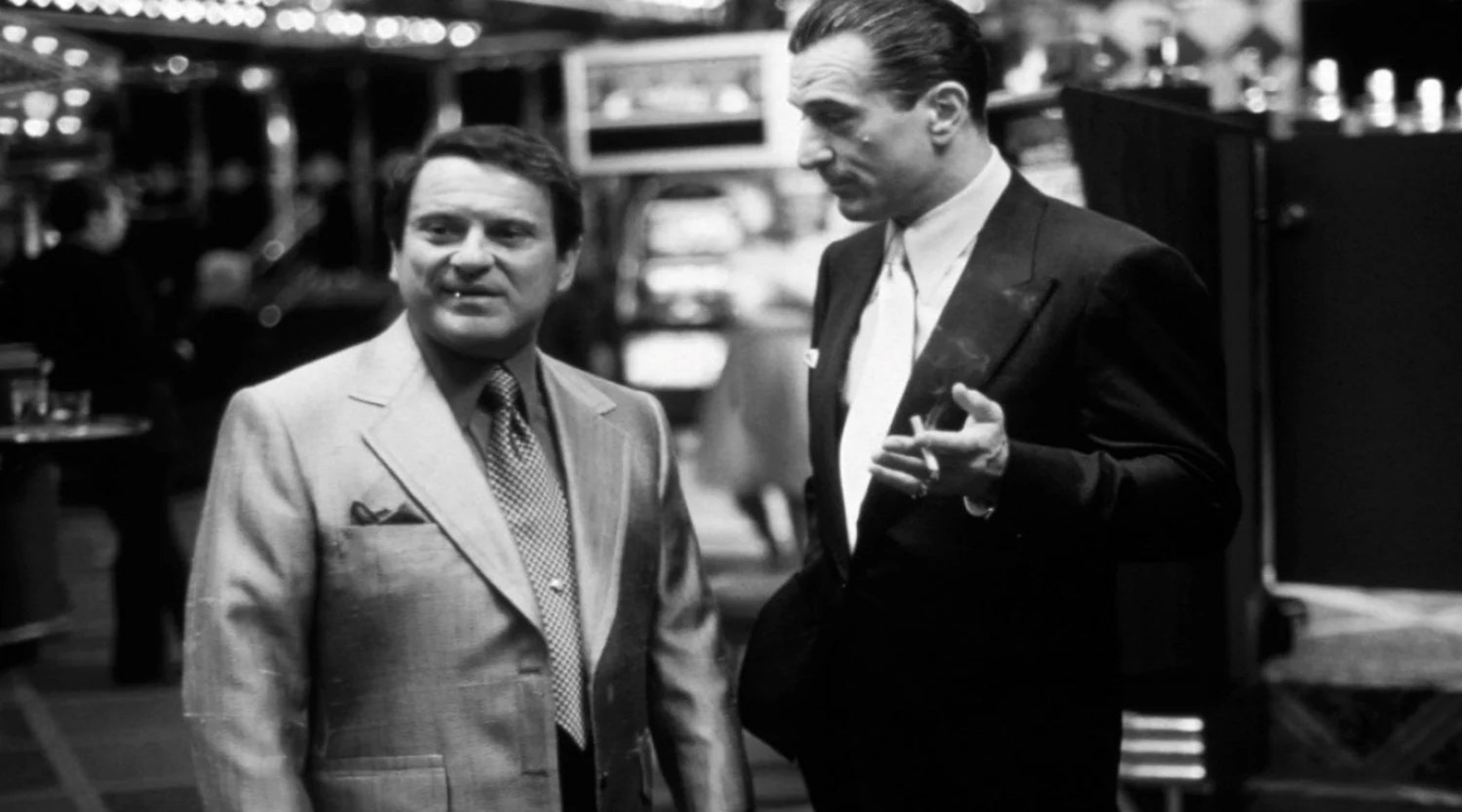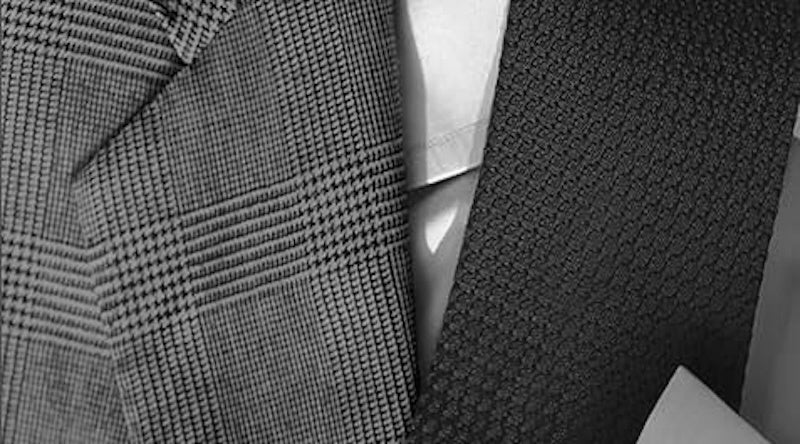
The Tie, Considered.
Things have gone quiet around the tie. What was once an integral part of men's wardrobe – in the office, at the reception, at the opera – now seems outdated to many. Ties are no longer in demand. And that's precisely why it's worth talking about them again.
Because those who wear them today rarely do so out of convention, but rather out of conviction. A tie is no longer an obligation – it's a choice. And style begins with the choice.
The history of the tie dates back to the 17th century. Soldiers, diplomats, businessmen – the knot served many functions: it served as a means of uniform, representation, and later, individualization. Today, only the symbolic aspect remains of all this – and that's what makes it interesting.
**Four-in-Hand** – The classic. Narrow, slightly asymmetrical, British. Wearing it demonstrates understatement. Not a showmanship, but attitude.
**Half Windsor** – Symmetrical, clean, reliable. A good choice for almost any occasion, especially when combined with medium-wide collars.
**Double Windsor** – Broad, present, authoritative. For strong shoulders and clear statements. Perfect for formal appearances – or to make an impression.
**Prince Albert / Victoria knot** – Narrow, layered, slightly playful. For connoisseurs. Not suitable for everyday wear – but a statement of individuality. 
Not every collar can accommodate every knot. A button-down requires less volume, a cutaway more presence. Fabric thickness, tie length, and the occasion also play a role. It's worth mastering a few knots – and using them confidently.
Tying a tie doesn't take much time – but it does require attention. Tying it gives you a brief moment of concentration. The tie is in place, the line is in place, and the day begins. It's a small act that lends structure to your appearance.
The tie is not a relic – it is a means. And means need purpose, not quantity. A well-chosen knot speaks quietly – but precisely. Not to show off what you have, but to underscore who you are.



